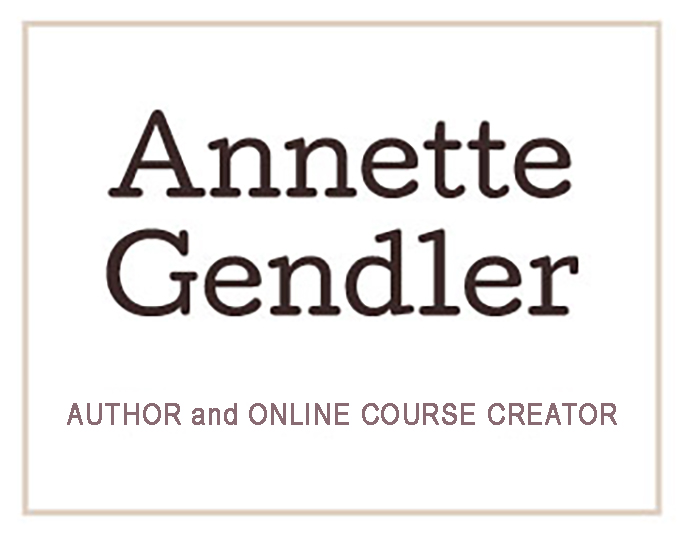
Last Thursday, I was at a loss what to write for Friday’s blog post. Uninspired, I thought, I’ll just share a collection of phrases I found insightful from a craft book I recently read (Roger Rosenblatt’s Unless It Moves the Human Heart).
However, as soon as I went about doing that, it grew into something else.
First, when I copied Rosenblatt’s observation on Hemingway’s prose, I felt I’d better provide examples.
Next thing I knew, I was on the couch reading The Old Man and the Sea, paging through The Sun Also Rises, and poking about a collection of Hemingway’s short stories. Copying the Hemingway passages reminded me of my old admiration for how Hemingway managed to have his prose mimic the very action it describes: Long sentences for slow deliberate action, such as casting a fishing line, short sentences for tense situations.
And then I got to thinking about why I have learned so much from teachers I didn’t like. That craft book had been annoying to read, and yet it clearly inspired me. This was really a whole other topic but I made it work in that blog post.
I ended up producing a 1,200 word blog post. Not bad for starting out with nothing to say other than copying someone else’s insights on writing!
Which brings me to my point:
When you don’t know what to write about, just begin.
Start with a kernel, with something you’re interested in, some observation you made, some lame idea like I had to copy quotes. It will get you going on the road of writing.
It will lead to something else. Ideas, connections and insights will come to you as you write, not as you think. That’s how the creative process works.
It’s in the doing, not the thinking about it.
This is why I am always highly skeptical of people who say they’ve written something in their head. Writing doesn’t happen in your mind, it happens with your hands holding a pen or tapping the keyboard. It happens as you engage in the act of capturing thoughts, feelings and experiences in words, on paper, on the screen. Putting them down. That’s where the magic happens.
This is why writing and really creating anything is all in the doing. You can’t think too much about it. And once you start writing, once you start creating, it can grow into something completely different than what you had set out to do. That’s creating.
If we knew from the beginning what we were creating, it would be boring, wouldn’t it?
I often end up with two blog posts when I set out to write one. For example, I could have broken last week’s post into two, one focused on insights on writing, and one on learning from a nasty teacher. I decided against it this time around, but the point is that we can be way more productive than we thought we could be once we get going.
Remember: a draft is just a draft. You can revise it many times, but in order to revise it, you have to put something down first.
So just get going.

Wisely said!
Thanks!
I used to do weekly columns for my library to put in the local newspaper. Sometimes, I’d think there was nothing new, nothing that I hadn’t already covered, but as you said, put your fingers on the keyboard and start.
Exactly! You have to trust the process.